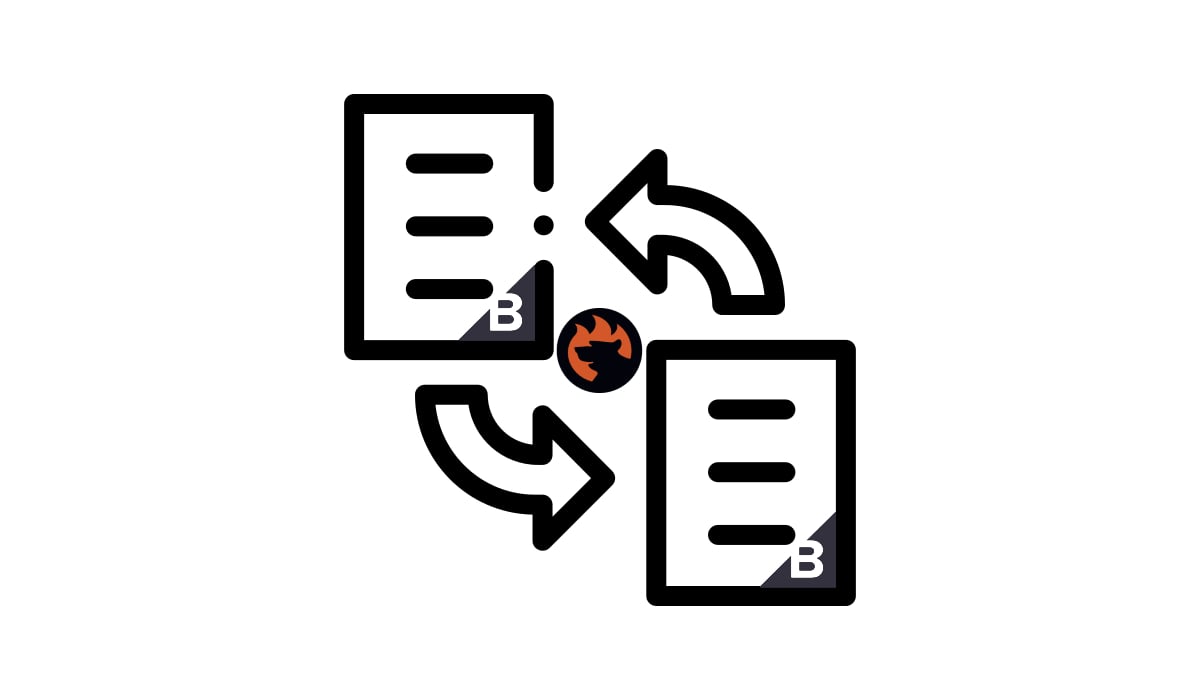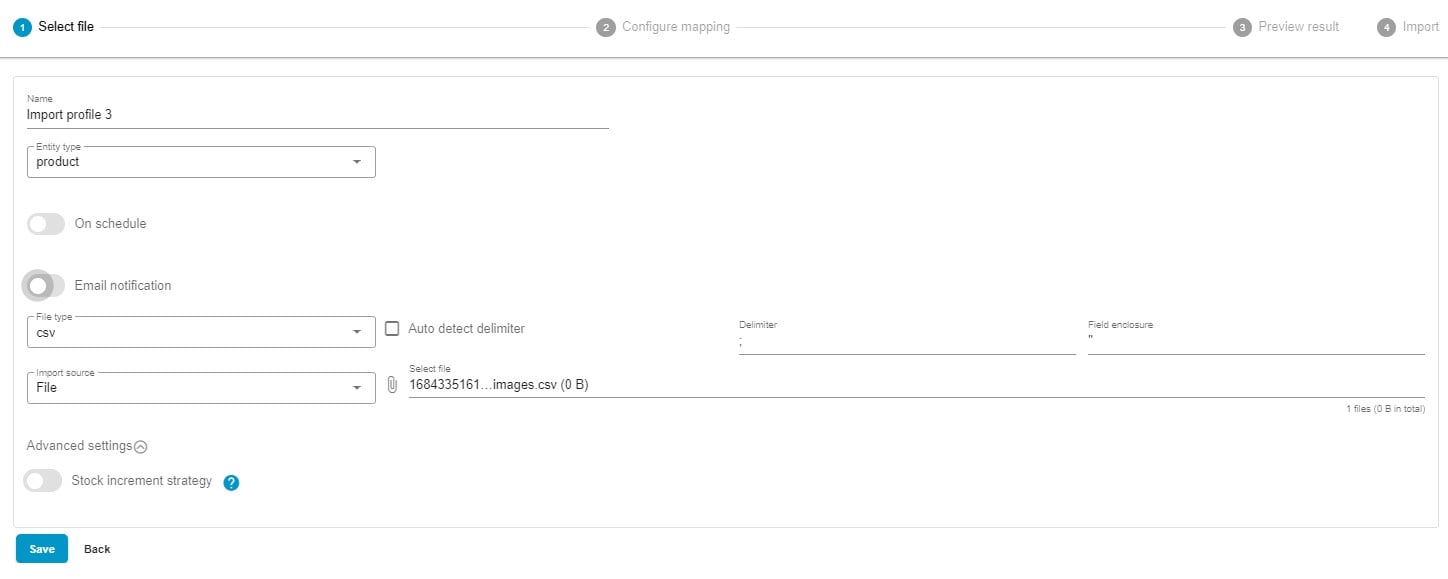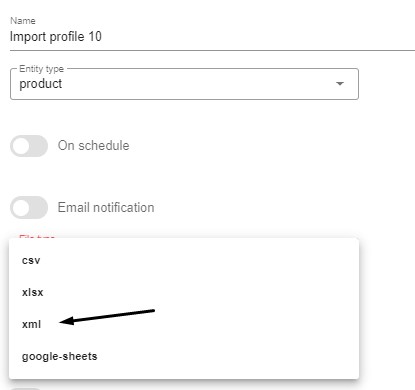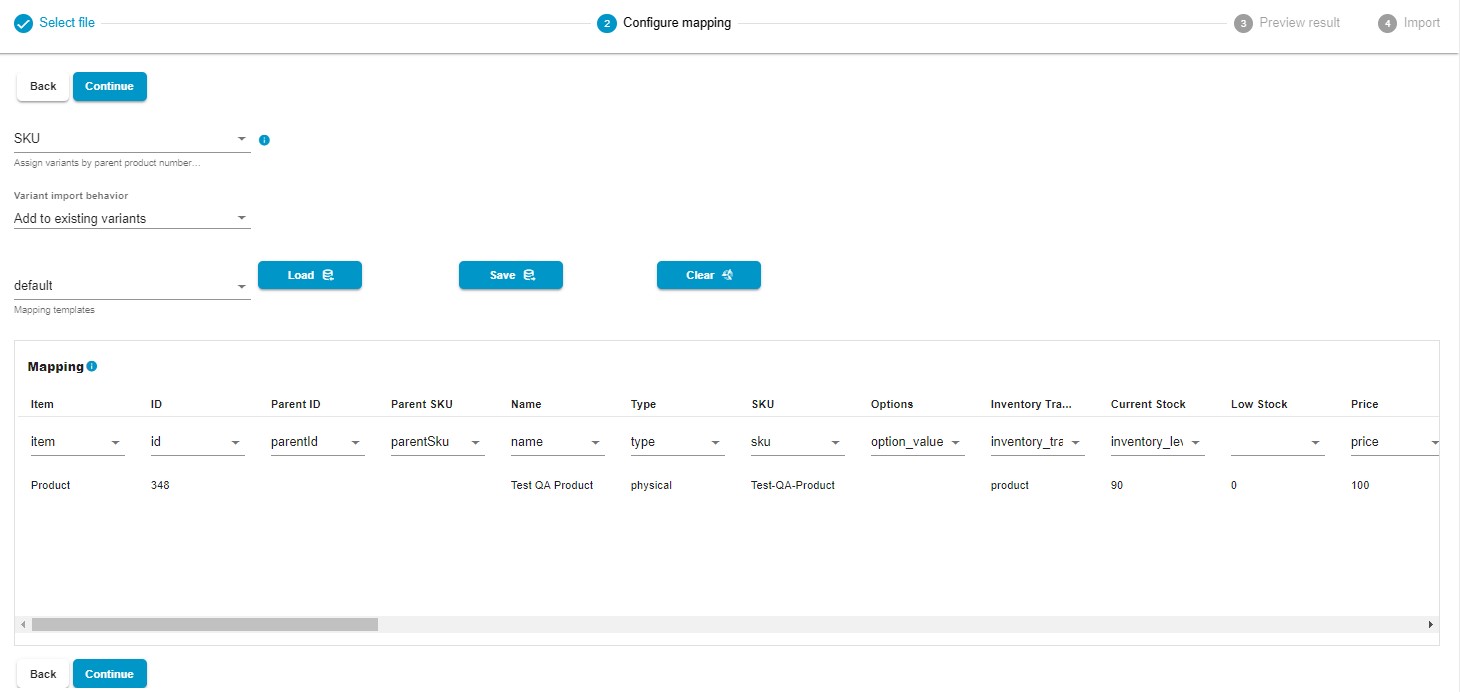How to Import XML Files to BigCommerce

Regarding file formats, you have only one choice in BigCommerce. The system necessitates the use of CSV files in import processes. But what if you have your updates in XML? There is only one way associated with converting such files to CSV and then initiating an import process, which is quite clunky and time-consuming. Fortunately, there’s a more efficient way to update your BigCommerce website without this conversion, introduced in the . This application offers full support for XML files in BigCommerce for import and export operations. In this article, we’ll guide you through the process of importing XML files into BigCommerce. Before we dive into that, let’s take a moment to understand the distinctions between CSV and XML. And remember to peruse our BigCommerce Cookbook for additional valuable recommendations.
Table of contents
CSV vs. XML
A CSV (comma-separated values) file is essentially a text file that employs commas to delimit different data blocks.
On the other hand, an XML file employs a somewhat more intricate approach to data storage and transmission. It is an extensible markup language file that incorporates tags and text to organize data. These tags adhere to specific syntax guidelines and encompass the text in the file that you intend to store.
The fundamental distinction between CSV and XML file formats is that CSV is a straightforward text format in which values are separated by commas (hence, Comma-Separated Values), while XML uses tags to represent relationships between entities and to store data concerning complex objects.
CSV is highly convenient and demands fewer technical skills. Moreover, it is considerably smaller than XML, necessitating fewer processing power and other resources.
In contrast, XML is a more adaptable and extensible format, making it suitable for the storage and exchange of intricate, structured data.
How to import XML files using the default BigCommerce tools
You must follow a specific process to import XML files into BigCommerce using the default tools. You’ll need to convert the XML file to CSV format. Here are the steps:
- Convert XML to CSV: Utilize an XML to CSV converter or a tool like XMLGrid. Upload your XML file and use the tool to convert it into CSV format.
- Export a Sample CSV File from BigCommerce: Export a sample CSV file from your BigCommerce website. This sample file should contain the structure and formatting required by BigCommerce for imports.
- Compare Files: Compare the converted CSV file with the sample CSV file from BigCommerce. Look for any discrepancies or inconsistencies.
- Fix Inaccuracies: If you identify any inaccuracies in the converted CSV file, make the necessary adjustments to align it with BigCommerce import requirements. Correct any formatting issues, data types, or missing fields.
- Import Data: Once your CSV file aligns with BigCommerce import specifications, you can start importing the data into your e-commerce website.
These steps ensure you can effectively import XML data into BigCommerce, ensuring that it meets the platform’s import criteria. This process allows you to leverage XML data without compatibility issues. However, there is a more user-friendly approach when you import XML files in a single step, instead of following the five-grade procedure.
XML File Structure
If you want to avoid file conversions freely importing XML files to BigCommerce, you will need the Improved Import & Export Tool to be installed on your e-commerce website. The number two requirement is a specific document tree. Your XML file structure should be organized as follows:
|
1 2 3 4 5 6 7 8 |
<list> <item> … </item> <item> … </item> </list> |
Where column names (attributes or properties) are stored between <item> and </item>.

How to import XML into BigCommerce without conversion
To set up BigCommerce XML import using the Improved Import & Export Tool, follow these steps:
I. Start by clicking the New Profile button located under Apps -> My Apps -> Firebear Import & Export Tool -> Import.

II. On the Select File screen, where you can enable XML import for BigCommerce, complete the following steps:

- Type a title for your import profile.
- Select the entity you want to import (e.g., products or customers).
- If needed, create a schedule for your updates.
- Configure email notifications if your import routine requires alerts.
- Select XML as your file format. You can also import XLSX and CSV files or Google Sheets spreadsheets.

- Choose your import source: FTP, Google Drive, Google Sheets, or URL.
- Configure advanced settings: stock increment strategy.
III. Now, you are on the mapping screen. Specify which columns from the imported file correspond to the properties of the products in your BigCommerce store:

- You should specify which columns from the imported file correspond to the product properties in your BigCommerce store. If the imported table doesn’t meet the BigCommerce requirements, you can replace unsupported column names with appropriate ones.
- For updates involving product variants, you have the option to use either the parent product’s SKU or ID for assignment. Additionally, you can choose to either add the new variants to the existing ones or replace the existing variants altogether. This flexibility allows you to tailor the import process to your specific needs and product management preferences in BigCommerce.
IV. After the mapping stage, the Improved Import & Export Tool lets you preview how products appear after import.

V. Click Save to save your new import profile. If you create a schedule of updates, the app will initiate the import process automatically. Alternatively, you can click the Import button to initiate the import process immediately.
These steps will help you set up BigCommerce XML import. For more detailed information, see our Improved Import & Export Tool Manual.
Other Features
BigCommerce store owners have a robust ally in the Firebear Import & Export Tool. This tool not only automates import and export processes but also offers a host of features not present in BigCommerce by default. It revolutionizes data management in various ways, such as:
- Full Product Import and Export: Effortlessly manage product data and custom properties, ensuring your catalog remains up-to-date.
- Customer Data Handling: Import and export customer details to streamline customer relationship management tasks.
- Order Export: Export order data efficiently to gain valuable insights into transactions and sales analytics.
- Precise Data Mapping: Define accurate data relationships for seamless integration into your BigCommerce store.
- Flexible Scheduling: Customize import and export schedules to automate data updates based on your preferences.
- File Format Compatibility: Work seamlessly with various file formats, including CSV, XLSX, and XLSX, ensuring smooth data transitions.
- Google Sheets Integration: Easily transfer data between BigCommerce and Google Sheets for collaborative data management.
- Direct File Uploads: Simplify data import and export with direct file uploads for efficient data management.
- Secure FTP/FTPS Uploads: Ensure data security during transfers with support for FTP/SFTP protocols.
- Google Drive Integration: Streamline data file uploads with Google Drive integration, enhancing accessibility and convenience.
The Firebear Import & Export Tool empowers BigCommerce store owners to manage their e-commerce operations efficiently, from product catalog maintenance to customer data handling and order processing. It simplifies complex tasks, boosting the overall efficiency of your e-commerce website. For more information about this product, please visit:
